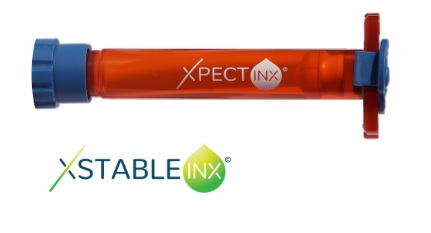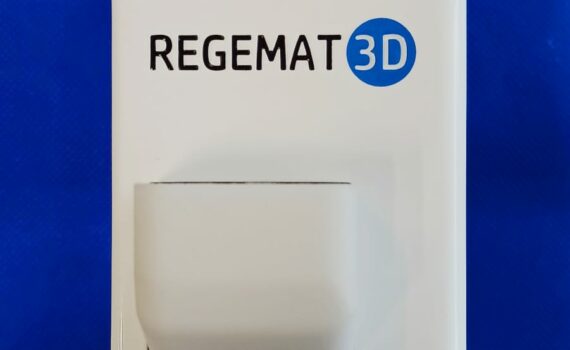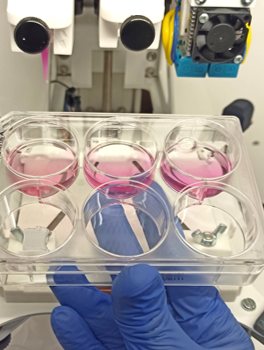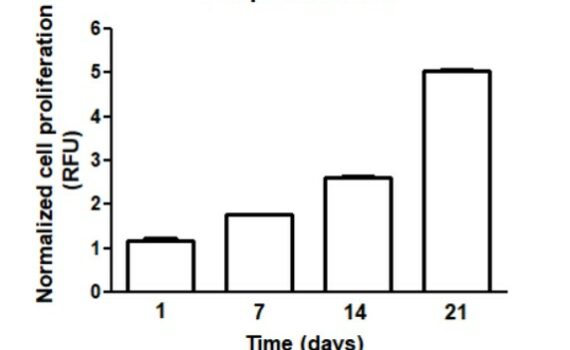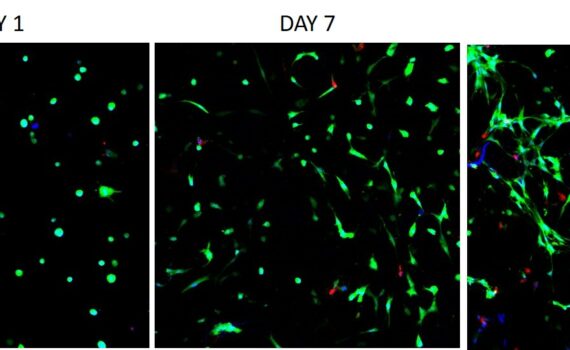+20 “Stability for Long Lasting Support.” Introduction X Stable INX© is a synthetic shear thinning, cell-interactive scaffold ink. X Stable INX allows an easy printing process thanks to its shear thinning behavior, as schematically presented in Figure 1a. At high shear rates, it exhibits a low viscosity which is favorable […]
Biomaterials
+20 Introduction Material extrusion is an additive manufacturing technique that uses a continuous filament of thermoplastic or composite material to construct 3D parts. Filament-based material extrusion is the most common practice in the 3D printing community. However, it’s not necessary for extrusion to only work with filament. In fact, pellet […]
+70 Introduction Choosing appropriate biomaterials for fabricating a bioink is a fundamental step in3D bioprinting. While a wide variety of biomaterials can be used, hydrogels have been pointed as attractive materials for bioink preparation, since they can provide a highly hydrated and permeable 3D polymeric structure with tunable mechanical and […]
+10 Introduction 3D in vitro models offer a better representation of in vivo conditions, which is translated into differences in cellular morphology, metabolism and functions when compared with cultures in monolayer. To measure such differences, a plethora of indicators can be used; with the alamarBlue assay, levels of oxidation during […]
+30 Introduction To date, most cell-based assays use traditional 2D monolayer cells cultured on flat and rigid substrates. However, these models are unable to reproduce the architecture, mechanical and functional properties inherent to native tissues, thus hampering the translation of research results into clinics. For these reasons, 3D cell culture […]

